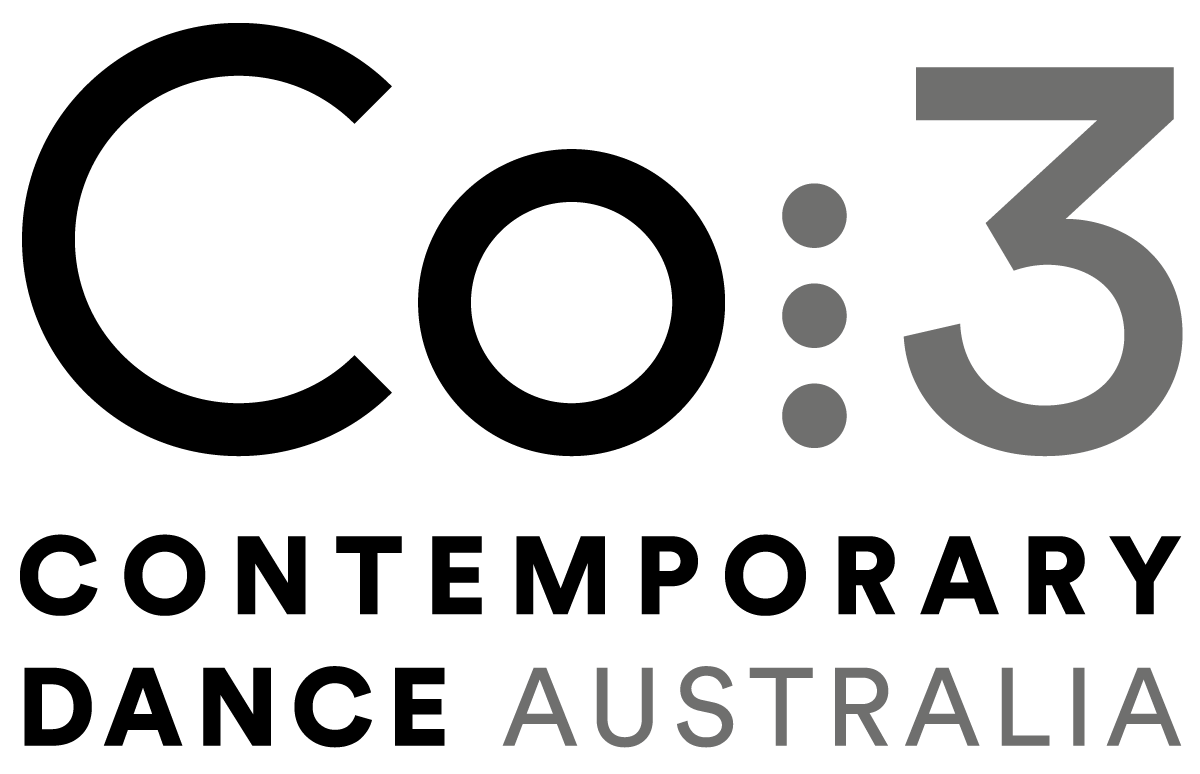From major to minor: the new resource exchange
From Artshub.
From providing temporary office space to enabling new performance contexts, the resources of a major can be a godsend for a small to medium arts organization.
In the tensions which surrounded the loss of funds from the Australia Council last year, an angry gulf developed (http://www.artshub.com.au/news-article/news/grants-and- funding/madeleine-dore/silence-of-the-majors-divides-arts- sector-248438) between the major performing arts companies, whose budgets were protected, and the small-to- mediums facing devastation.
But it’s an ill wind which blows no good and almost a year on the tensions between the two parts of the sector have spawned a new acknowledgement of the value each can gain from the other.
Major companies are providing their smaller associates with new opportunities, space to work and access to audiences while majors enjoy the freshness and youthful innovation that smaller players bring to their spaces.
Gallery as stage
In the main concourse of the Art Gallery of Western Australia (AGWA), dancers from the state’s newest contemporary dance company (http://performing.artshub.com.au/news- article/news/performing-arts/richard-watts/dancing-up-a- storm-in-perth-249370), Co3, are developing a new work, Reason for Being. Curious passers-by watch the dancers’ routines – from yoga classes and conceptual conversations in the morning, to movement practice and presentation of the work-in-progress in the afternoon – before drifting off to look at works in the Gallery’s collection.
‘It was a very vulnerable week,’ said Co3 Artistic Director Raewyn Hill, reflecting on the experience a few days later.
‘I think just for myself and the dancers, putting ourselves in a public space like that and revealing our process of creation … allowing space for the moments where nothing happens, and actually feeling that that is part of our process sometimes.
You’re in the studio, you’re trying an idea out, you keep digging and it doesn’t work, it doesn’t work, there’s silence, you stop. And you start on another idea,’ she laughed.
‘There was a pressure I think, in terms of actually staying true to that process but it was an incredible week where we started to see people who hadn’t engaged with the company really engage. Some people would sit for two hours, and many people came back on the weekend to see the presentation and the unpacking of the week – and a lot of the conversation was “Oh, we never thought that contemporary dance has this sort of process behind it.”’
Formed from a merger of two previously existing companies, Buzz Dance Theatre and STEPS Youth Dance Company, Co3 are intent on doing things differently.
In Hill’s own words: ‘We’re passionate about creating a company of the 21st century. So we’re constantly thinking differently about how we approach our work, how we market our work, where you see work, and even how we operate on a daily basis, actually.’
The company’s residency at AGWA is part of this process: it gives them access to a unique rehearsal space in the heart of Perth’s cultural precinct once a month for a year, and it helps Co3 connect with an entirely new audience – which also benefits the Gallery, as its Director, Stefano Carboni, explained.
‘I think often people feel a bit intimidated by art galleries in general, by the building and by the fact that they feel that – especially when you talk about contemporary art – you need to be educated in order to be able to appreciate it,’ he laughed.
‘And I think that the reason for me to wish to break these boundaries is by bringing in forms of art that are related to the visual arts as well, but which people feel more comfortable with. So if they come to a concert or a dance performance and at the same time they’re exposed to what is in the building, it’s a great way to make them feel more comfortable.’
Boosting audiences
In every sector, artists and arts organisations are increasingly concerned about the impact of the Australia Council’s reduced budget (http://www.artshub.com.au/news-article/news/public- policy/deborah-stone/is-it-over-how-protest-killed-the-npea- 249905) (following the introduction of the Catalyst program) on an already fragile ecosystem. In such a climate, partnerships such as that between Co3 and AGWA look set to become increasingly valuable.
‘In these tight financial times (http://www.artshub.com.au/news-article/opinions-and- analysis/grants-and-funding/ben-eltham/small-to-mediums- struggle-to-survive-brandis-raid-248113), creative partnerships like the one we have with Co3, which is fabulous, certainly may assist in helping more people to get to know the Art Gallery and keep up visitorship in the absence of very expensive exhibitions which we cannot afford for the moment; or other initiatives that are traditionally quite expensive. And so even more than specific sponsorship I think that partnerships are very important,’ said Carboni.
‘And with Co3 it’s a partnership that goes on for two years which I’m very pleased about, because it means we’re really committed to each other, and in the end it’s a partnership that doesn’t include a very high budget, and clearly the outcomes are very positive for both institutions.’
Thinking outside the box – on in the case of Co3, outside the rehearsal room – is particularly valuable in the current economic climate, said Hill.
‘Last year I suppose was a very challenging year for all of us (http://www.artshub.com.au/news-article/features/public- policy/deborah-stone/timeline-2015-a-step-by-step-guide-to- the-year-in-arts-and-politics-250183) but I think on a daily basis Aaron [Beach], my Executive Director and I, keep positive about change because we’re all living it, every single day now – and I think you can either buckle under it or you just have to ride the wave,’ she said.
‘Change enables people to operate differently, and it enables potentially new ideas to be supported – or old ideas to be supported in a way that they haven’t been before. The template changes. I think that potentially it’s a very exciting time for us.’

